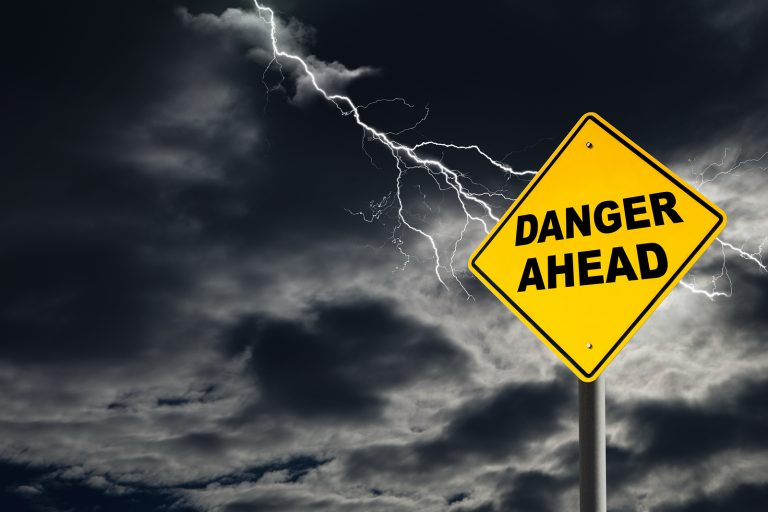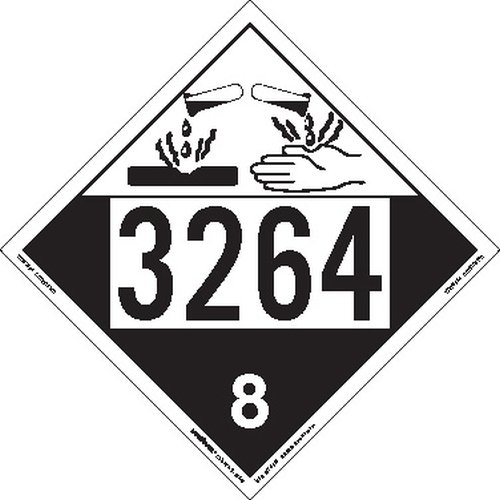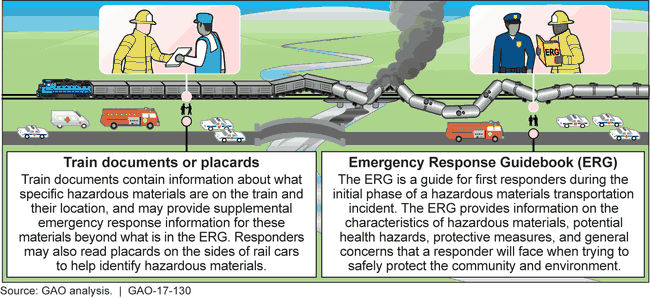Injury Prevention
Published (updated: ).

Being healthy to begin with makes injury prevention a little easier. EMS providers who get enough sleep, eat nutritious food, keep their immunizations up to date and engage in some fitness regimen have an advantage over those that do not. Maintaining one’s health is universally recommended. The EMS provider often works multiple jobs, has sleep interrupted during various shifts, and eats roller food at gas stations is extremely challenged when it comes to maintaining their health.
Good fitness goals for the EMS provider to have include increasing cardiovascular endurance, muscle strength, and flexibility. Maximizing sleep, minimizing disease, and preventing injuries are excellent strategies for improving health. Being able to manage addiction to drugs, tobacco, or alcohol will make the goal of stress management easier and probably result in healthy relationships with significant others.
When responding to calls, the EMS crew must constantly be on the look out for hazards. Motor vehicle accidents can present with all sorts of hazards. Out of control traffic, undeployed airbags, fallen power lines, unstable vehicles, fire, and leaking fluids can result in injury or death to the medics or patient. Any call has the potential for EMS to discover a violent patient. Worse than a violent patient is a patient who becomes violent after developing a rapport with the EMS crew.
Following infection control guidelines when no one is around to tell you what to do is required in EMS. In other words, the EMS provider has to know about the risks of contracting a contagious disease, know how to mitigate the risks with personal protective equipment, then actually take the protective measures and do it properly. This is what adults are supposed to.
When the scene is unsafe or becomes unsafe, the EMS crew should be concerned primarily for their own safety. Nobody is expecting the EMS crew to stick around when bullets start flying or things start catching on fire. If the EMS crew has to prematurely depart the scene in the interest of safety, the EMS crew is expected to request the appropriate resources are summoned to the scene to make it safe to return. The EMS crew can access police, fire, medical control, and other resources simply by requesting them through the dispatcher from their radio and are expected to do so as needed.

The modern world is full of hazardous materials. Hazardous materials are generally chemicals that can cause immediate or long term harm to the EMS crew, the patient, or the public. The first step is figuring out where to initially park the EMS vehicle. Uphill and upwind is the general guidance. however given the transient nature of wind direction and the topography of the area, this is easier said than done. The EMS crew needs to know three things about the hazardous material and can obtain this information either from poison control or in the Emergency Response Guidebook (ERG) that should be in the ambulance.
- Identify the hazardous material – At some point, somebody in the continuum of care is going to want to know what the patient came in contact with.
- How far to stay away – There is an isolation distance listed the the ERG that guides the EMS crew in choosing a safe place to wait for the patient to be decontaminated.
- What decontamination is needed to make the patient safe to transport – If the decontamination team only sprays the patient with water for 5 minutes but the ERG calls for 20 minutes, EMS needs to wait until the patient is decontaminated for another 15 minutes.

